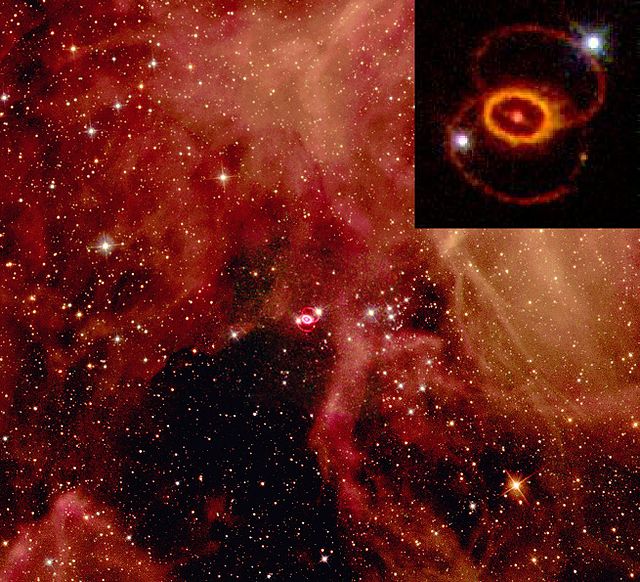Clyde Lorrain Cowan Jr was an American physicist and the co-discoverer of the neutrino along with Frederick Reines. The discovery was made in 1956 in the neutrino experiment. Reines received the Nobel Prize in Physics in 1995 in both their names.
Frederick Reines (left) with Cowan
Frederick Reines, left, and Clyde Cowan, at the controls of the Savannah River neutrino experiment (c. 1956)
Frederick Reines (far right) with Clyde Cowan (far left) and other members of Project Poltergeist, 1953
A neutrino is a fermion that interacts only via the weak interaction and gravity. The neutrino is so named because it is electrically neutral and because its rest mass is so small (-ino) that it was long thought to be zero. The rest mass of the neutrino is much smaller than that of the other known elementary particles. The weak force has a very short range, the gravitational interaction is extremely weak due to the very small mass of the neutrino, and neutrinos do not participate in the electromagnetic interaction or the strong interaction. Thus, neutrinos typically pass through normal matter unimpeded and undetected.
The first use of a hydrogen bubble chamber to detect neutrinos, on 13 November 1970, at Argonne National Laboratory. Here a neutrino hits a proton in a hydrogen atom; the collision occurs at the point where three tracks emanate on the right of the photograph.
Fred Reines and Clyde Cowan conducting the neutrino experiment c. 1956
SN 1987A





